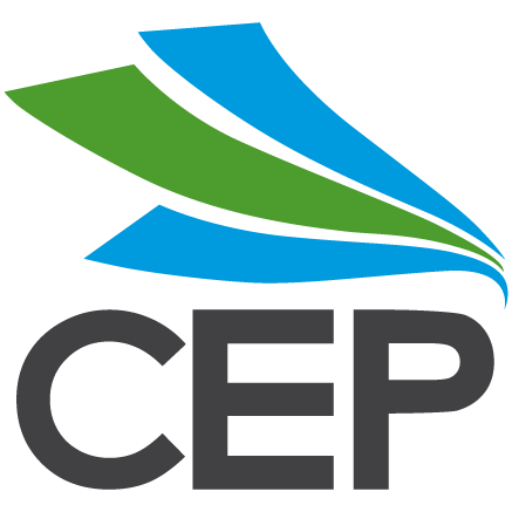Business energy use investigation, monitoring, analysis and reporting
Investigation Phase
This phase encompasses obtaining all relevant data concerning:
- Historical energy consumption for the past 1 to 2 years
- Tariffs and related energy supply contracts
- Floor areas, staff numbers, production levels
- Occupancy hours
- Industry energy use/cost benchmark levels
- Sub electrical and gas metering equipment
- After-hours air conditioning usage
- Mechanical plant configuration (e.g. chiller plant rated cooling capacity, pump and fan motor kW ratings and efficiency), as-installed drawings, electrical single line drawings, and operational & maintenance manuals
- Lighting configuration (i.e. lamp number & fitting type, Wattage, ballast type), condition and controls
- Compressed air system (if present) including rating, presence of air leaks, hours of usage
- Steam and hot water boilers
- Building Management Systems and control strategies
- Building envelope, shading, orientation, insulation levels
- Energy management process and policy information
- Asset management plan, if any.
Monitoring Phase
This phase involves obtaining detailed information pertaining to the overall site as well as the major energy use categories. The operation of key plant and equipment is inspected, and measurement of a range of parameters, is undertaken where appropriate, including:
- Electrical and gas load profiles
- Internal temperature/humidity
- Ventilation rate
- Light levels
- Boiler flue combustion analysis.
Feedback is also obtained from maintenance staff on issues concerning building and plant operation and maintenance which could well be impacting on energy efficiency as well as occupant comfort.
Analysis and Reporting Phase
This phase involves:
- Determination of overall energy efficiency of complex; for example, MJ/m2 per annum for office buildings, MJ or $/occupied room night per annum for hotels, MJ or $/bottle per annum for winery industry
- Determination of the greenhouse emission index and ABGR energy star rating for office buildings
- Life cycle cost analysis of various energy saving measures
- Tariff analysis
- Peak demand management including evaluation of power factor correction
- Written and if required, verbal report on findings.
